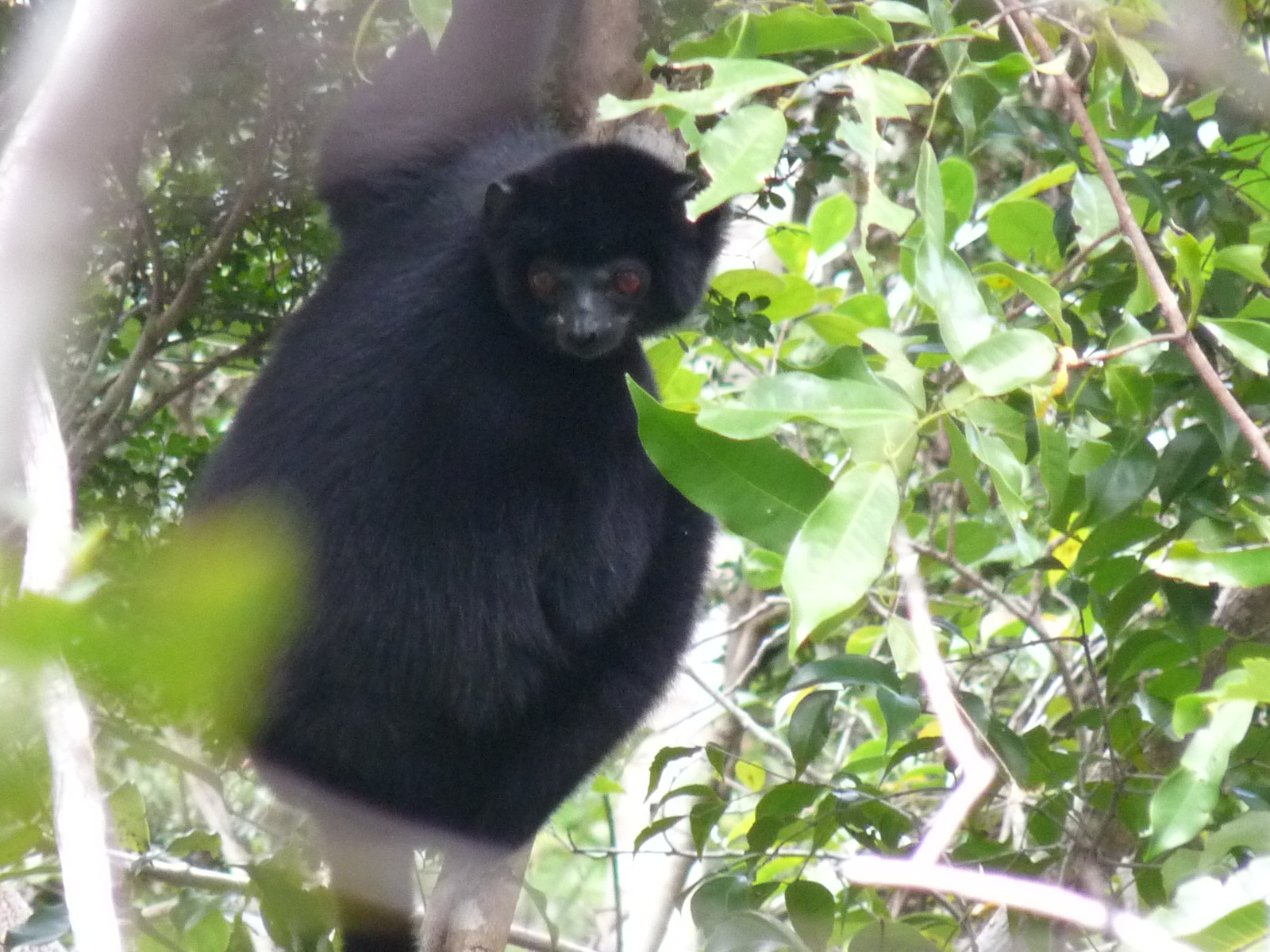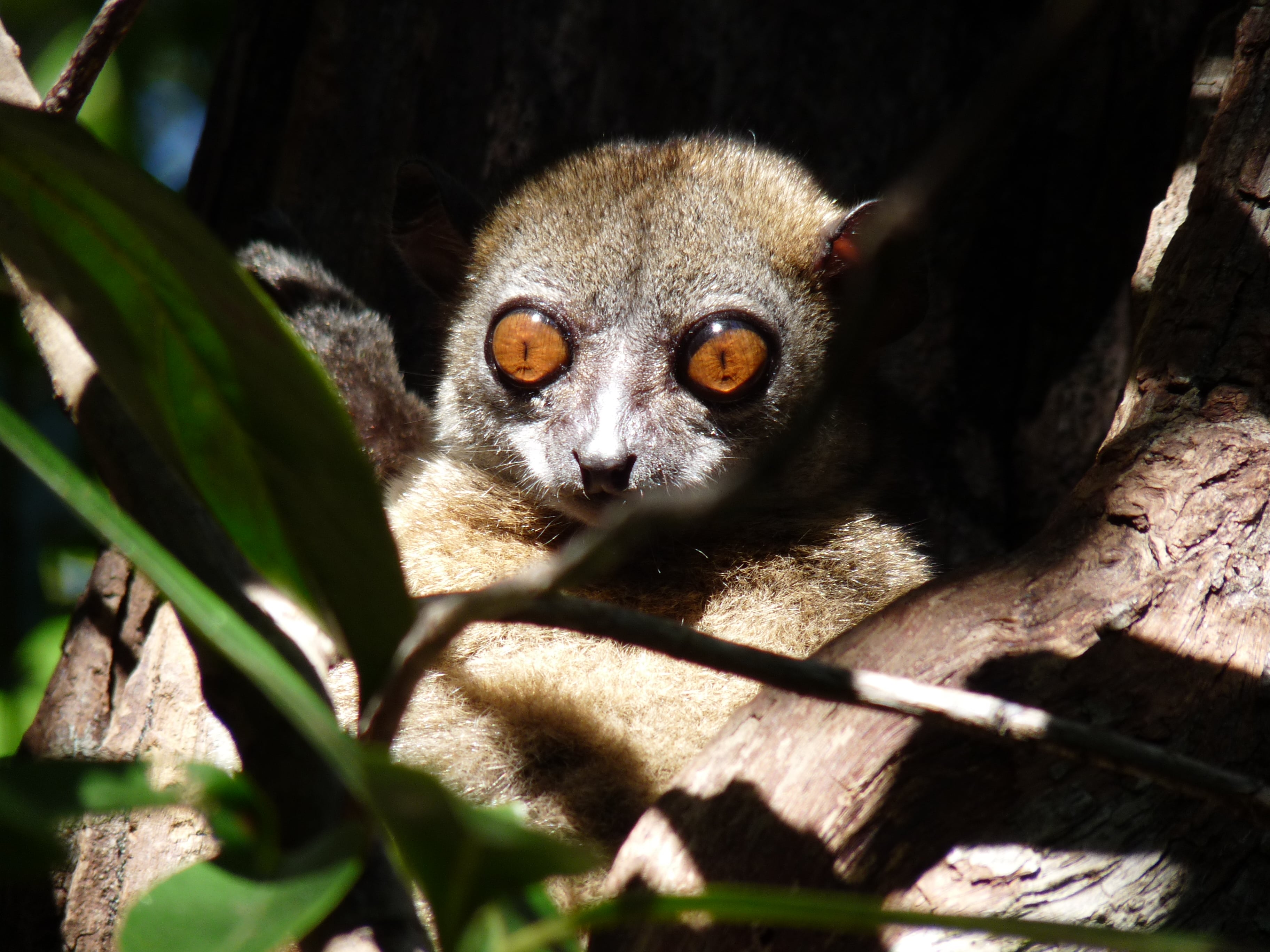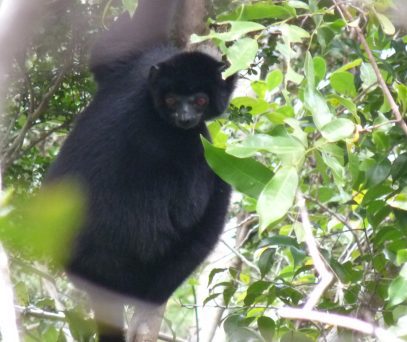
Analamerana
On the plan
VISIT US
Depending on your means of transport :
- Ground Transportation
🚗 Direct access via the RN6
Take the RN4 from Antananarivo to Ambondromamy, then the RN6 from Ambondromamy or Diego Suarez to reach:🛣️Sahafary in Analamerana: 25km (accessible by car)
🛣️Sadjaovato - Ankarongana –Analamerana: 25km (accessible by car to Ankarongana, approximately 11km)
🛣️ Anivorano Nord to Analamerana: 20km (track: accessible by motorcycle)
🛣️Maromokotra Loky-Analamerana: 38 km (track: accessible by motorcycle)
- Maritime transport
🛳️ No maritime access
- Air transport
✈️ No flights
🌿 Activities available in Analamerana
🥾 Hiking
🦜 Bird watching
🚶♂️ Nature excursions🏕️ Reception facilities
🏠 Reception office: Located in Anivorano-Nord
💰 Fees and rates
📄 Consult all rights and rates applicable to the reserve in the reference document below.
ℹ️ Essential information
To make the most of your visit, bring:
🥾 Appropriate clothing: hiking boots, light but covering clothing
🔭 Binoculars: ideal for observing animals from a distance
💧 Useful accessories: water bottle, hat, sunglasses






